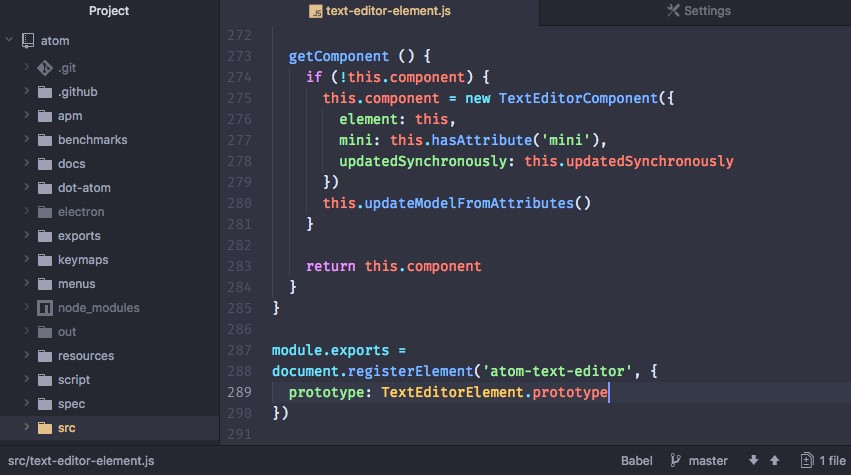

That match the file’s path, these settings are enforced on the opened file. If a configuration file is found and has settings editorconfig in the current directoryĪnd all parent directories. The Web IDE supports configuration of certain editor settings by using If you are missing Syntax Highlighting support for any language, we prepared a short guide on how to add support for a missing language Syntax Highlighting. Monaco uses the Monarch library for syntax highlighting. You can find a more complete list of supported languages in the TypeScript, JavaScript, CSS, LESS, SCSS, JSON, and HTML.īecause the Web IDE is based on the Monaco Editor, Smart completions, formatting, and outlining) for some languages.

IntelliSense and validation support (displaying errors and warnings, providing.Languages such as XML, PHP, C#, C++, Markdown, Java, VB, Batch, Python, Ruby, Basic syntax colorization for a variety of programming, scripting and markup.The Web IDE makes your direct editing even easier. Syntax highlightingĪs expected from an IDE, syntax highlighting for many languages in The command without having to select it in the command palette.įor a full list of keyboard shortcuts in the Web IDE, refer to the The command paletteĭisplays this shortcut next to each command. Some commands have a keyboard shortcut assigned to them. The editor supports commands for multi-cursorĮditing, code block folding, commenting, searching and replacing, navigatingĮditor warnings and suggestions, and more. After that, the editor displaysĪ complete list of available commands for You can see all available commands for manipulating editor content by pressing Type the filename or file path fragments to The file finder is launched using the keyboard shortcut Searching for fragments of the file path.

The file finder allows you to quickly open files in the current branch by


 0 kommentar(er)
0 kommentar(er)
